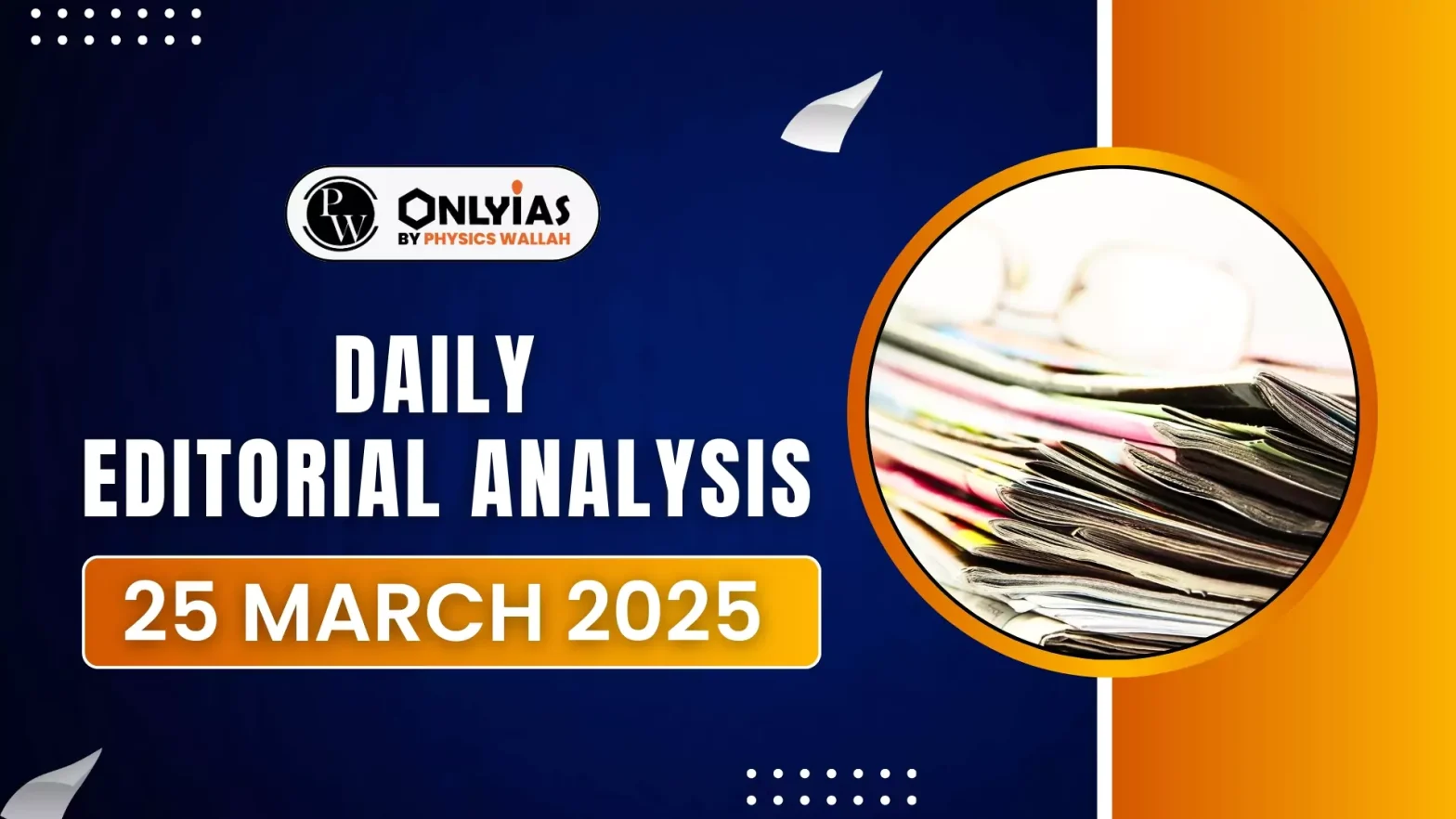Recently, PM Modi made his warmest remarks on China in years, advocating for dialogue to build a stable, cooperative relationship.
Background of India-China Relations
- Doklam Standoff (2017): A 73-day military standoff occurred when Chinese troops attempted to construct a road in the Doklam region, disputed between China and Bhutan but of strategic concern to India.
- Eventually, both sides disengaged after diplomatic negotiations.
- Galwan Valley Clash (2020): China’s incursions into Ladakh led to violent clashes, resulting in the death of 20 Indian soldiers.
- Military tensions escalated, leading to a diplomatic freeze between the two nations.
- Wuhan Informal Summit (2018): After the Doklam crisis, both leaders met in Wuhan to reset ties and emphasize strategic communication.
- Chennai Informal Summit (2019): The discussions focused on trade, investment, and global governance issues, reflecting India’s willingness to engage with China despite ongoing strategic concerns.
- Strategic Hedging: Days after Modi’s comments, India’s Chief of Defence Staff met with Quad commanders (Australia, Japan, U.S.), signaling continued strategic hedging.
Reasons for India’s softening stance regarding China
- Modi-era Diplomacy: Unclear if Modi’s remarks signal a policy shift or just a change in tone.Initially, Modi’s government sought closer ties with China, holding summits with Xi Jinping to explore policy alignment.
- De-escalation: Military talks led to disengagement from several conflict sites. In October 2024, both countries agreed to withdraw troops from the last two incursion sites, formally resolving the crisis.
- Despite political tensions, bilateral trade has continued to grow, reaching record levels.
- Economic Considerations: India prioritizes economic development and may seek to avoid prolonged military confrontations with China.
- With China’s economy four times larger than India’s, External Affairs Minister S. Jaishankar has emphasized the need for a stable relationship.
- Uncertainty in Policy: New Delhi closely observes Washington’s evolving stance under President Donald Trump.
- Trump’s economic pressure on China (via tariffs) does not extend to defense, raising uncertainty about U.S. commitment to regional security.
- Budget cuts: Encouraging Japan and Taiwan to increase military spending rather than relying on U.S. defense support. Suggesting drastic global defense budget cuts involving China and Russia.
- Possibility of a U.S.-ChinaBargain: Trump has shown interest in making deals with rival powers, as seen in his Ukraine peace proposal favoring Russian strategic interests.
- This raises concerns that he could negotiate a similar understanding with China, compromising U.S. influence in Asia for commercial gains.
- Unreliable: Shifting U.S. priorities cast doubt on Washington’s reliability as a strategic partner for India.
- India does not depend on U.S. security guarantees but has benefited from U.S. intelligence assistance in monitoring China’s actions along the border.
- With uncertainty over sustained U.S. support, India has additional reasons to stabilize ties with China and explore a more independent approach.
Critical Minerals
- About: These minerals are building blocks of essential modern-day technologies and are at risk of supply chain disruptions due to limited global production and geopolitical factors.e.g., Lithium, cobalt, nickel, copper, rare earth elements, etc.
Why does the USA want to end the Russia-Ukraine Conflict?
Strategic Interests in Critical Minerals
- Ukraine’s mineral wealth includes vast reserves of lithium, titanium, rare earth elements (REEs), graphite, cobalt, and nickel — all vital for:
- Clean energy technologies (EVs, solar panels, wind turbines)
- Semiconductors and electronics
- Aerospace and defense manufacturing
- These minerals are essential to reduce U.S. dependence on China, which dominates global supply chains for many critical minerals.
- Russian Interest: Russia’s continued control or destabilization of eastern Ukraine would give it access to key mineral-rich zones and leverage over Western economies.
- USA agenda: Thus, stabilizing Ukraine aligns with U.S. interests in preventing China-Russia strategic control over future energy and tech markets.
|
Way Forward
- Balanced Approach: A conciliatory approach towards China may tempt policymakers to deprioritize military modernization.
- However, India’s defense spending has steadily declined as a share of GDP over the past decade.
- The Ladakh crisis underscored gaps in India’s military readiness, yet urgent reforms and investments remain delayed.
- Sustained Military Investments: Modernization requires long-term planning; capabilities like submarines and fighter aircraft take years, even decades, to develop. Delaying defense investments weakens deterrence, potentially emboldening China.
- Operational Cooperation: Despite uncertainties in U.S. policy, India must strengthen military coordination with partners like the Quad nations (U.S., Japan, Australia).
- Joint exercises at sea and on land enhance interoperability and strategic deterrence without binding India to rigid alliances.
Trump’s Recalibration
- Collapse of Bipolar order: The collapse of the Soviet Union led to a unipolar moment with the U.S. as the sole superpower.
- Consequences: Lack of counterbalance triggered resentment from emerging powers (Russia, China)
- U.S. actions were perceived as hegemonic, causing pushback (e.g., China’s rise, Russia’s assertiveness in Ukraine, Syria)
- Absence of strategic parity led to regional arms races, cyber warfare, and diplomatic confrontations
- Giving Space to China & Russia: Advocated for reducing military entanglements, creating space for regional balances.
- Wanted to cut strategic deals with adversaries rather than challenge them militarily
- Attempted U.S.-Russia detente via arms control talks
- Offered trade concessions and tariff adjustments with China
Believed a multipolar world, where China and Russia had regional spheres of influence, would reduce tensions and share responsibility
Conclusion
China’s historical pattern of aggression shows that diplomacy alone cannot ensure lasting peace. For stability to be credible, India must match diplomatic outreach with tangible military strength. Without a strong defense posture, stabilization efforts risk turning into strategic submission.
![]() 25 Mar 2025
25 Mar 2025

